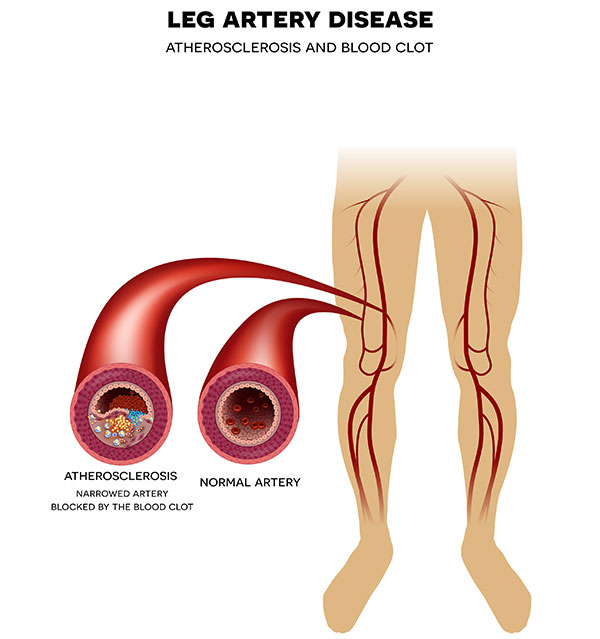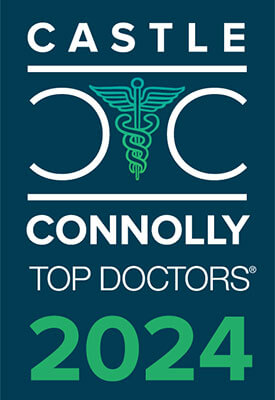Leg Blood Clots
When a blood clot is embedded in one of the major deep veins of the leg, the circulation of blood is blocked. This can result in sudden or acute pain and causes swelling or warmth in the leg that is affected. Medically known as deep vein thrombosis (DVT), more than 350,000 individuals in the United States are affected by DVT every year.
Deep vein thrombosis can result in the following:
- Pulmonary embolism (PE): occurs when a blood clot breaks free and travels to the lungs. Without question, a pulmonary embolism can be a fatal condition.
- Post-thrombotic syndrome: occurs as a result of a deep vein thrombosis and causes long-term pain, swelling, fatigue and a sense of heaviness in the leg that is affected.
As another condition related to deep vein thrombosis, thrombophlebitis occurs when a blood clot causes inflammation and pain. This condition may be superficial, affecting a vein close to the surface of the skin. When this happens, individuals may notice a hard, red cord-like knot below the skin that is sensitive to touch. In turn, thrombophlebitis may be a direct result of DVT when a deeper vein within the leg is affected, resulting in swelling and tenderness. While superficial thrombophlebitis may resolve on its own within a few weeks, there is a risk for infection and tissue damage from poor circulation to the vein. As one may assume, risks are greater when there is inhibited blood flow to deeper veins in the leg.
Factors that increase an individual’s risk of developing thrombophlebitis include:
- Certain cancers
- Use of estrogen (birth control)
- Pregnancy
- Obesity
- Smoking
- Family history of blood clots
- Family history of poor circulation
- Catheters placed in a central vein (arm or leg)

Minimally Invasive Treatment for Deep Vein Thrombosis (DVT)
Primary treatment for deep vein thrombosis (DVT) aims to prevent pulmonary embolism (PE), reduce morbidity rate and reduce the chance of developing post-thrombotic syndrome (PTS). While anticoagulant (blood thinning) drugs have been administered traditionally, pharmacomechanical catheter-directed thrombolysis (PCDT) represents a minimally invasive treatment for DVT that lessens the chance of patients developing PTS.
To better understand, PCDT uses a catheter-mounted device to inject a clot-busting drug (TPA) directly into the blood clot through a small incision in the back of the knee. The special design of the device allows it to break up the clot and remove the clot fragments.
Dr. Benvenisty has been instrumental in treating patients with minimally invasive techniques such as pharmacomechanical catheter-directed thrombolysis (PCDT) and other similar methods, allowing for treatment of DVT to be performed on an outpatient basis. Given the negative impact of DVT, pulmonary embolism (PE) and PTS on the health of many individuals across the U.S., this image-guided clot removal treatment is of great priority and an obvious benefit to patients with vascular leg conditions.
To schedule an appointment with Dr. Benvenisty, contact our office on Amsterdam Avenue today.







